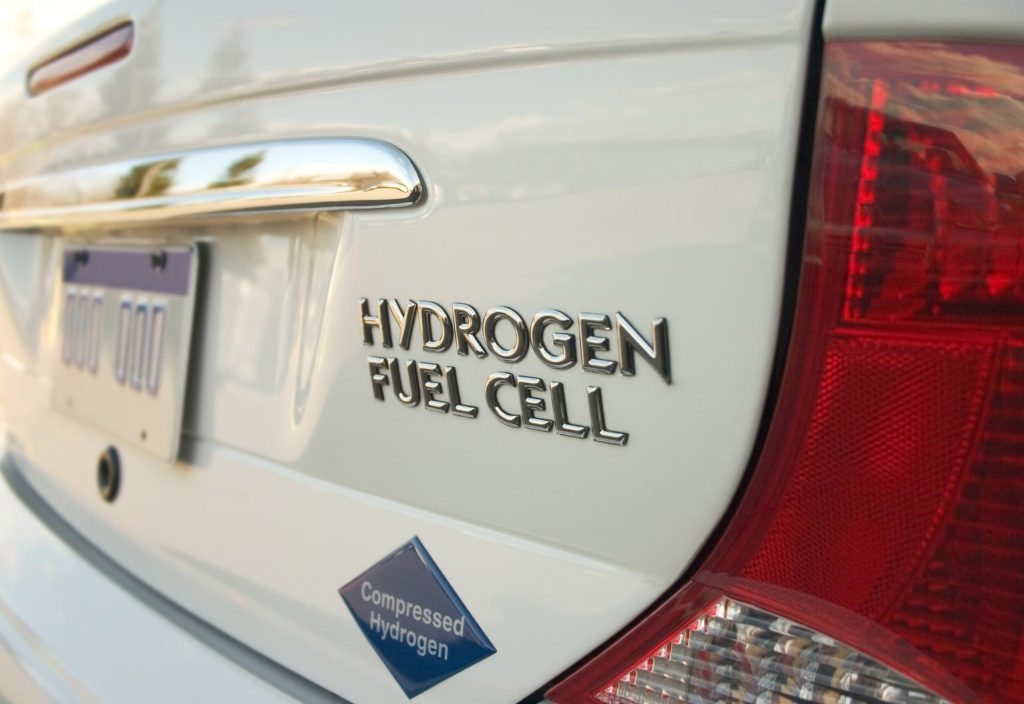In the race for greener fuel, a major roadblock for hydrogen is the need for safer, more economical storage. Researchers in the United Kingdom have discovered a material that could make this possible.
For cars powered by hydrogen gas, the cost and size of storage tanks that can achieve a similar driving range is much greater than those powered by liquid fuels such as petrol.
This means the tanks required by hydrogen-powered vehicles designed to travel long distances without refuelling are prohibitively large and heavy.
Another drawback is that it is difficult to store hydrogen for transport as a potential fuel export.
In the quest for more compact storage, car manufacturers have tried several different tacks.
These have included high pressure tanks, and dropping the temperature for cryogenic storage of liquid hydrogen. But these systems are complex to operate, and have potential safety risks.
Systems that store hydrogen as liquid ammonia or formic acid are also under development.
Professor David Antonelli from Lancaster University has recently discovered a material that he says could allow existing tank sizes to fuel four times their current range.
“The real advantage this brings is in situations where you anticipate being off grid for long periods of time, such as long-haul truck journeys, drones, and robotics. It could also be used to run a house or a remote neighbourhood off a fuel cell,” said Antonelli.
Take the pressure down
A study recently published in Energy & Environmental Science describes how Antonelli used a “molecular sieve” to bind hydrogen, thanks to a chemical process that moves the two molecules further apart without breaking the bond between them. This is known as Kubas binding.
This process is reversible, takes place at room temperature, and uses much lower pressures than existing storage methods.
To compare, the new material stores hydrogen at 120 bar (12 Mpa), which is less than the pressure of a scuba tank. Existing tanks use storage pressures of 700 bar (70 MPa).
The researchers also claim that the material absorbs and stores excess heat, so the tank would not need external cooling or heating.
Molecular sieves made from the material, known as Kubas Manganese Hydride-1 (KMH-1), could be installed inside hydrogen storage tanks onboard vehicles such as cars, trucks and trains. When the storage pressure is dropped, hydrogen could be released to feed a fuel cell and power the vehicle.
Boost over batteries
Antonelli believes the low manufacturing cost and high energy density of his new material will help hydrogen-fuelled cars give electric vehicles a run for their money.
“The cost of manufacturing our material is so low, and the energy density it can store is so much higher than a lithium-ion battery, that we could see hydrogen fuel cell systems that cost five times less than lithium-ion batteries as well as providing a much longer range — potentially enabling journeys up to around four or five times longer between fill-ups,” Antonelli said.
The promising new material has been patented by the University of South Wales and licensed to Kubagen, a company co-owned by Antonelli, with a view to refining and scaling up for commercial applications.
